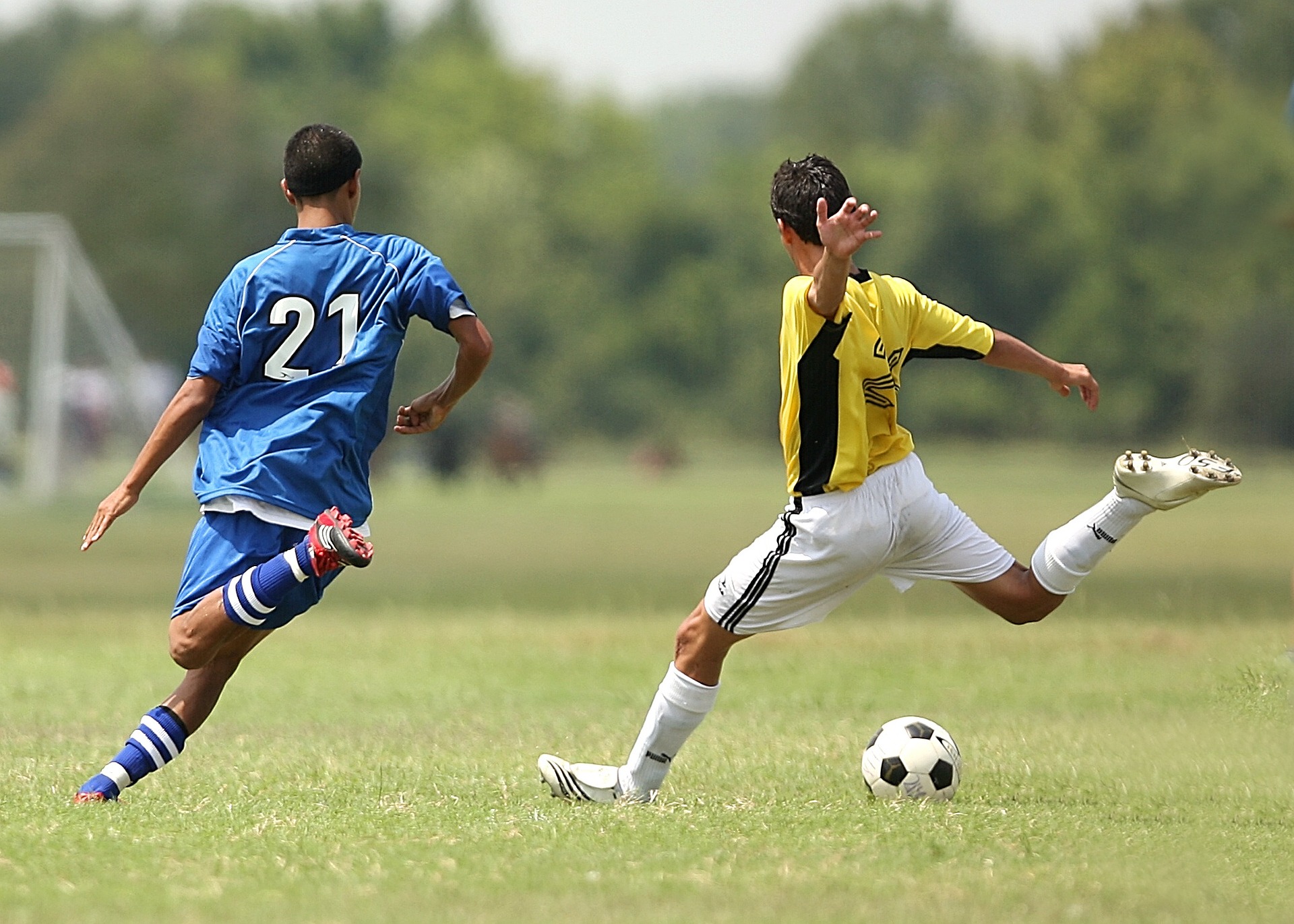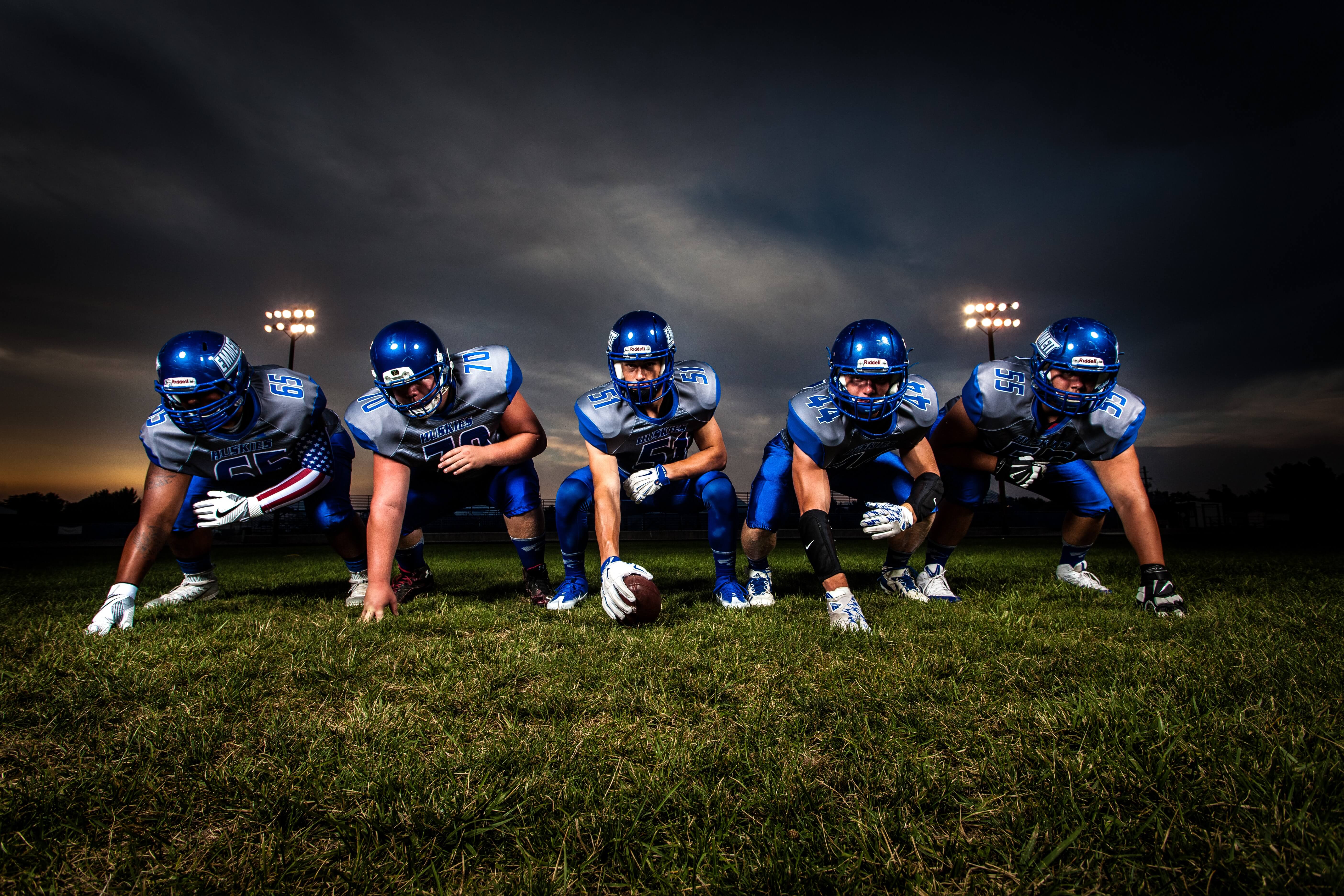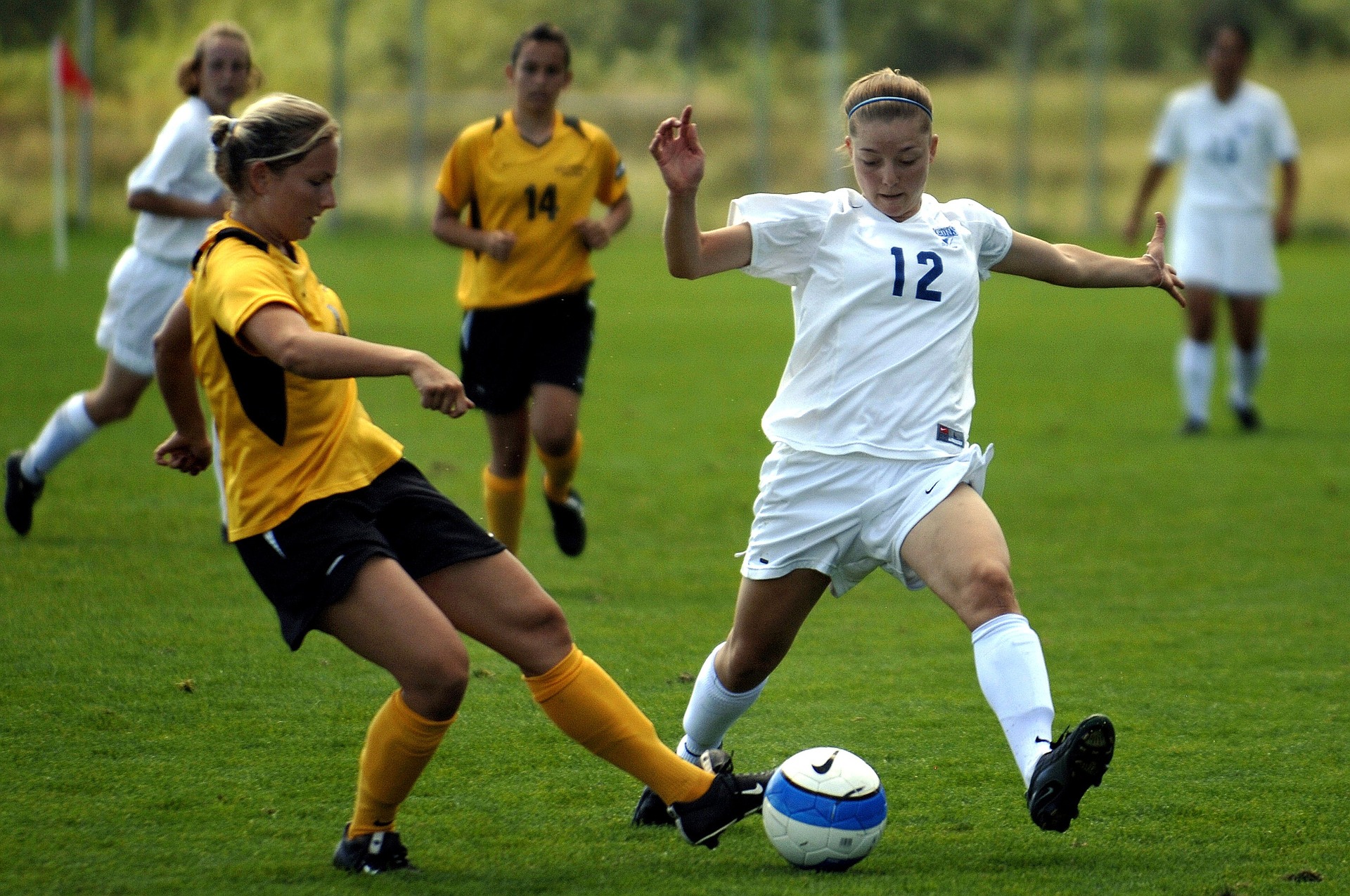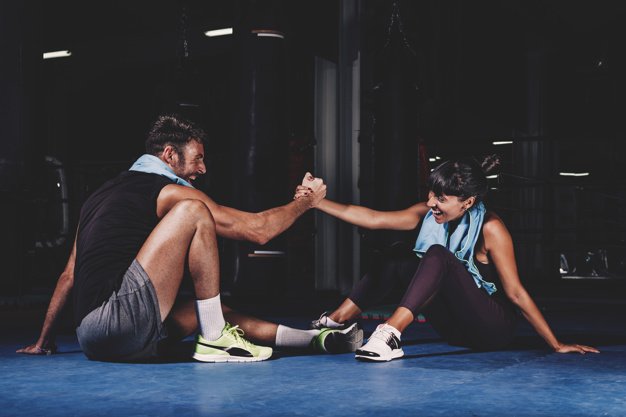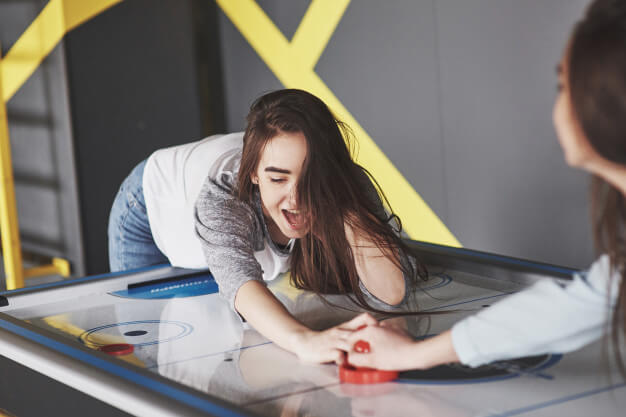Football is a great way to exercise and enhance your skills. Anyone can get into football. If you have no clue about how football works, read this article and discover interesting facts about this popular sport – from its definition to what football tricks you should know.
What is Football?
American Football is a team sport that comprises of eleven players on two opposing teams. The sport is played on a rectangular field with a Y-shaped goalpost on the opposite ends. The ball is usually made of cowhide leather and is oval-shaped.
One team is the offense while the other is the defense. The offense team is in control of the ball and must advance the field with the ball by passing it to their teammates or running with it. The defense team, the one with no control of the ball, must prevent the ball from advancing in favor of the offense team and steal the ball for them to score.
In order for the offense team to remain in possession of the ball, they have to advance to the minimum of ten yards in four plays or “downs”. The offense team is given four more downs if they advance ten yards or more.
The objective of the game is to score by bringing the ball to the other team’s territory. The other team can score by kicking the ball through the opponent’s goal post or scoring a touchdown which is bringing the ball to the opposite team’s end zone. The team with the most points is the winner of the game.
The International Federation of American Football (IFAF) is the highest governing body of the sport.
How to Throw A Football?
When you play football, gripping the ball is essential in throwing it. The proper way of gripping the ball is lining up your ring finger on the second lace and placing your pinky finger on the fifth lace. You may adjust accordingly to the size of your hand, putting enough space between your palm and the ball.
As you prepare to throw the ball, position your hands holding the ball at a 45-degree angle to the ground with the outer tip of the ball pointing down.
Position your weight on your back foot and level the ball by your ear to make your arm have a Lform. Squeeze your elbow to make a triangle. Slightly bend your knees and hunch your back. Then, take two steps backward without breaking your posture. When you are about to throw the ball, shift your weight from your back foot to your front foot for added force.
Simultaneously, rotate your body and swing your arm forward. Drop your front shoulder and position the ball above your head. Step forward and then throw the ball off your index finger with your thumb pointing downwards.
Football Tricks You Should Know:
Learning football for starters involves knowing how to throw the ball. The next basic step is what football tricks you should know. Here are some:
1. Double Pass:
This pass is used to confuse the opponent. The player throws the ball to a receiver and then the receiver passes the ball. This causes confusion because the opponent assumes that the receiver will run with the ball.
3. Hail Mary Pass:
This pass is meant for long distances. This is often used by the offense team to gain more distance. This is usually done when the time is limited and there is an opportunity to score or when it is the last play. It is often called a “high-risk and long-range” pass.
3. Bullet Pass:
This pass is meant for short distances and prevents your opponent from stealing the ball. This pass helps the ball travel as fast as it can because of its flat arc, making it a high-speed pass.
Conclusion:
Football is a fun, interesting, and interactive sport. Just like any other sport or hobby, it might be tricky at first, but you will be able to get the hang of it after loads of practice. It will definitely take determination and commitment to master the basics such as proper grip, throwing, and football tricks you should know.
Read Also:













